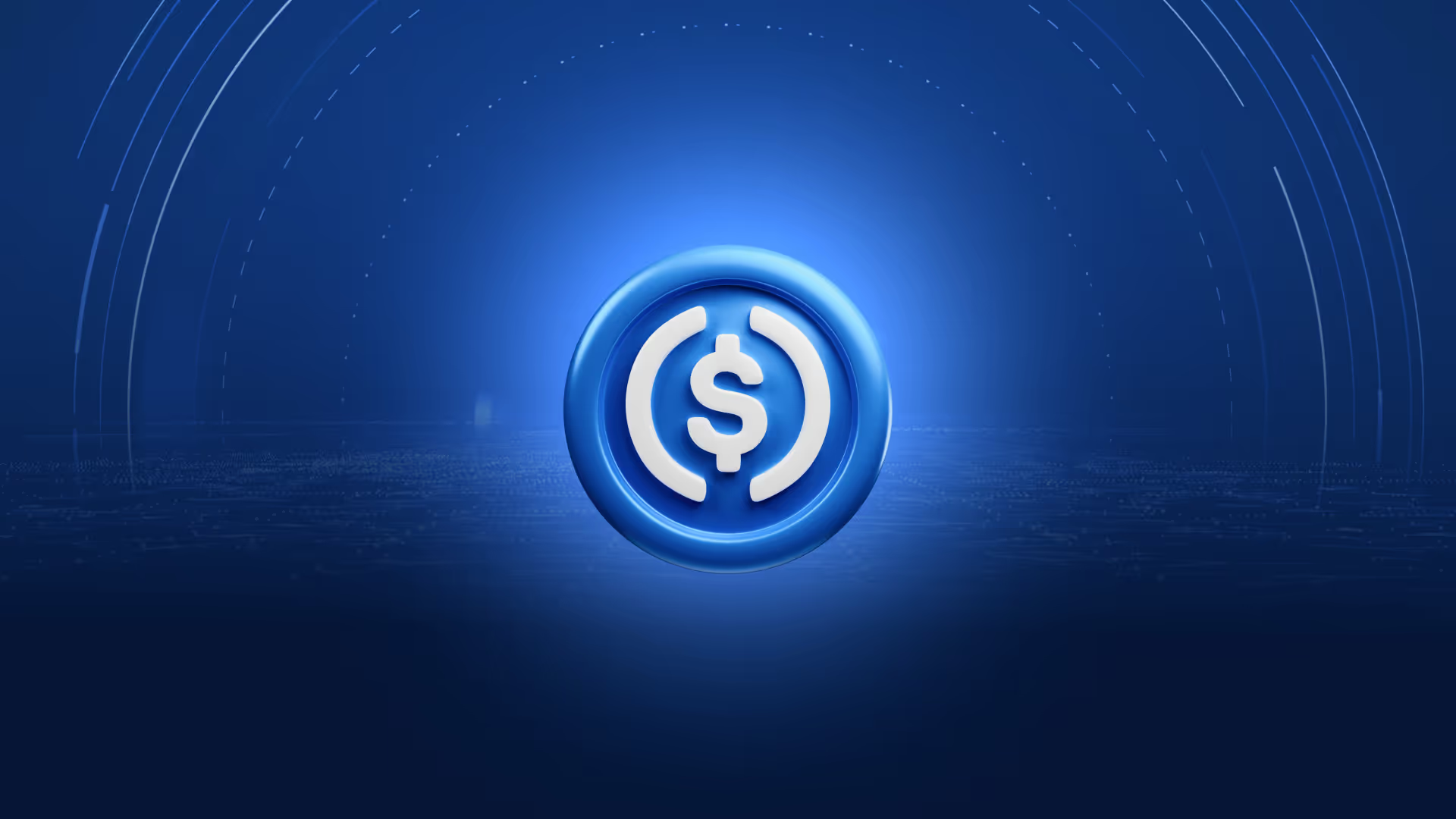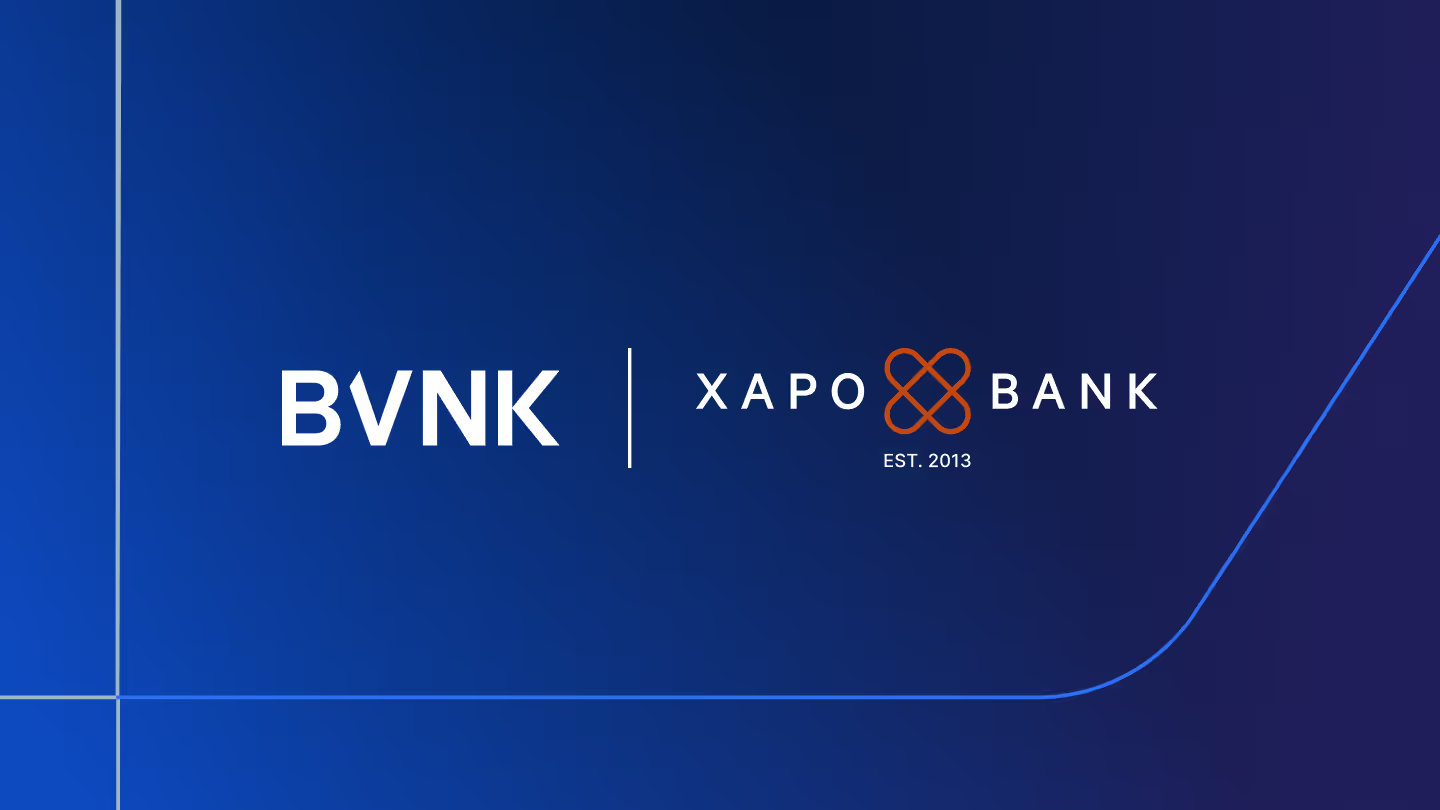Stablecoins unlock global access to dollars. Here’s why it matters.
In many countries, access to dollars enables financial freedom. Stablecoins could be the key to unlocking that freedom.
.avif)
You’ve probably heard the argument that stablecoins make it faster to move money around the world. What sometimes gets missed though, is their power to enable access to money in the first place. In our last article, we introduced three problems in global money movement – access, speed and transparency. In this article, I’m going to dive into the problem of access.
I’ll cover:
- why people around the world struggle to earn, hold and pay in the currency of their choice
- how stablecoins democratise access to dollars through the internet
- how infrastructure players like BVNK help to scale that access and make it more useful.
But first: what do I mean by the problem of access?
Unless you’re planning to mail cash, moving money requires a financial institution to let you hold currency in an account. And, specifically, to let you hold the currency you want to use.
Problem 1: a quarter of the world’s population are still unbanked
According to the most recent World Bank Findex Index (2021), around one quarter of the world’s population (24%) don’t own a bank or e-money account, meaning that 1.4 billion people are excluded from accessing valuable goods and services of all kinds.
In places where large populations remain unbanked, smartphone adoption is growing quickly. Take sub-Saharan Africa, where only 43% of people have access to a traditional bank account, according to the International Monetary Fund, but 55% have a smartphone connection, according to the GSMA – and the latter is predicted to rise to 86% by 2030.
This is the problem of access to financial services that most people think about, and arguably one of the biggest opportunities for stablecoins to solve, since using them doesn't require a bank account – simply an internet connection.
But there is a second problem with access, and it relates to the form of money.
Problem 2: billions with bank accounts, can’t access US dollars
The US dollar is in demand. It’s stable, widely-accepted and dominates global commerce. For businesses and consumers, it can provide more buying power, and do a better job of protecting stored value. Let’s dig into these motivations briefly.
Protecting value
In 2023, the annual inflation of Turkish Lira was 65%, in Argentina it topped 200%. Those are extreme cases, but there are many local currencies that became weaker relative to the US dollar in 2023, after the Fed raised interest rates. Bottom line: If you’re a business holding your capital in a currency like Argentine pesos, the value you hold inflates away faster than if you’re holding it in dollars. Or, if you’re a contractor in the Philippines working for a global business, you might prefer to get paid in dollars, because it gives you more spending power than Philippine pesos.
Network effects
The more people that use a currency, the more valuable it becomes to those holding it. US dollars are the world’s reserve currency, dominating global trade and finance. The dollar was on one side of 88% of all foreign exchange trades in 2022 according to the Bank for International Settlements. US dollars are also most commonly used cross-border, accounting for over 40% of Swift payments. As a business, holding dollars makes it easier to pay international suppliers and partners, who may be more willing to receive dollars than other currencies.
It's for these reasons, that dollars are in demand. But getting access to them outside the US is hard. To understand why, we have to understand how that access comes about.
Why can’t a US bank give direct access to dollars to someone in another country?
Broadly, it’s because many US banks have not built strong distribution networks to sell their services internationally, in a compliant way. Instead, access to dollars outside the US is controlled by a complex system that includes correspondent banks, local payment companies and fintechs.
Let’s imagine you go to your local bank branch in Argentina. That bank doesn’t have a master account with the Federal Reserve Bank, so it can only enable you to hold dollars via a relationship with a correspondent bank – eg another bank in the US, which has its own account with the Federal Reserve. Or maybe your bank in Argentina is a correspondent of a bank in Mexico, which is a correspondent of a US bank, which has an account with the Federal Reserve Bank. Or maybe, you’re a customer of a fintech company, who has a relationship with the bank in Argentina, who is a correspondent of the bank in Mexico... and so on.
.avif)
The result is a long chain of friction, which can cause pain for businesses in different forms, including:
- Difficulty opening an account: every party in the chain of access has to do a certain amount of 'know your customer' due diligence. Opening a business account with access to international payment rails for example can take 6-12 months. This can be a real problem for companies in a startup phase, where speed matters. Even for multimillion dollar businesses, getting access to US banking rails is resource intensive: many employ large banking and treasury teams to manage and maintain such access.
- Higher fees: every party in the chain needs to get paid, which can make it expensive for businesses to access US dollars.
- More counterparty risk: every party in the chain introduces more third party risk. If one party fails, contagion can cause others in the chain to fail – something we’ve witnessed in real life during recent banking crises.
Stablecoins enable global access to dollars via the internet
Fintechs have done a great job of opening up access to financial services over the last decade to consumers and small businesses. If I want to send $100 from California to someone in London, I no longer need to go to my local bank branch to do so. I can simply open my phone and find the right fintech app.
Stablecoins are the next step in this evolution. They open up access to dollars globally through the internet, enabling those outside the US to hold a form of digital dollars, with fewer intermediaries and less friction.
It's one of the reasons that adoption continues to grow, fuelled by payment use cases. In 2022, more than $11 trillion stablecoins were settled on-chain according to Brevan Howard, almost surpassing the volumes of Visa. And according a Mastercard study, more than a third of Latin Americans have used stablecoins to pay.
Of course, there are still guardrails in place for compliance – steps you need to go through to hold a stablecoin wallet with a central exchange or a payment provider for example, so they can fulfil their AML and KYC obligations. But if you’re a global business who wants to leverage the value of the dollar, stablecoins are a great place to start. They enable you to reach new customers and pay suppliers in places where you might not have access to local fiat banking, and mitigate the risks involved in holding other volatile currencies.
There are of course new risks to manage with stablecoins. There is counterparty risk associated with issuers and how they manage their capital reserves for example. As the industry matures and regulatory frameworks around stablecoins solidify, we’ll see clearer rules emerge around this, and larger, more traditional actors bringing greater trust to the space. This is already happening, with big institutions like BlackRock and JPMorgan offering stablecoin-based financial products.
Infrastructure players enable access at scale
Infrastructure players like BVNK have a clear role to play in scaling access to stablecoins and making them more useful to businesses.
If you're a business that is sending and receiving stablecoins, you'll want to reconcile those payments, report on them and ensure they can be audited. Our product team at BVNK has worked hard to make our platform a user-friendly backoffice for large payment teams who want to make stablecoin payments.
As a business, you'll also likely want to access more than one stablecoin, across more than one blockchain network. At BVNK, we partner with stablecoin issuers like Circle and Paxos to provide businesses with access to different stablecoins, and we integrate with multiple blockchain networks through a single API platform. We’ve also built a framework of global licenses and regulatory approvals, which enable our customers to access stablecoins in different markets, in a compliant way.
Our focus is on providing useful underlying infrastructure so that payment companies like dLocal and fintechs like Freemarket can provide their customers with stablecoin payment services. And so that global businesses like IC Markets and Deriv can add all the leading stablecoins to their customer checkout.
After access, comes exchange
So, that’s my take on how stablecoins can address the problem of access, and bring us closer to financial freedom across the globe. Of course, that’s not the end of the story. In fact it’s just the start. After access, comes exchange. In the next blog post, we’ll cover how stablecoins are accelerating the transfer of value around the world and how BVNK is partnering with businesses to enable them to move money globally at internet speed.
If you’d like to discuss any of these topics or talk to us about a new payments project, please do get in touch.
Latest news
View allGet payment insights straight to your inbox



.jpg)







.avif)


.jpg)





